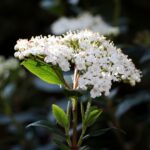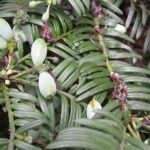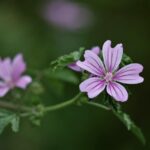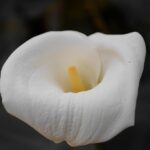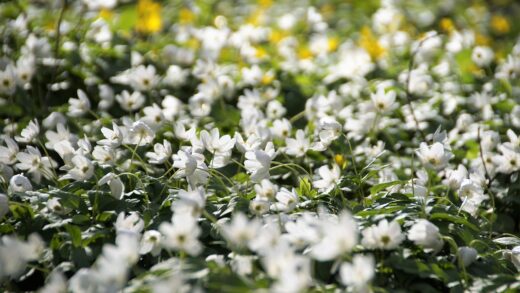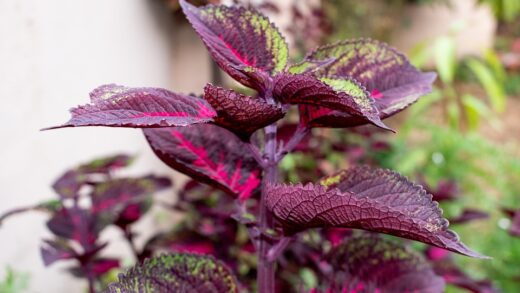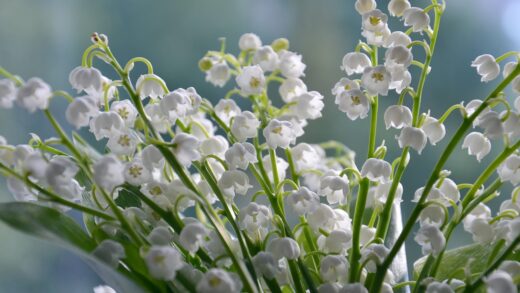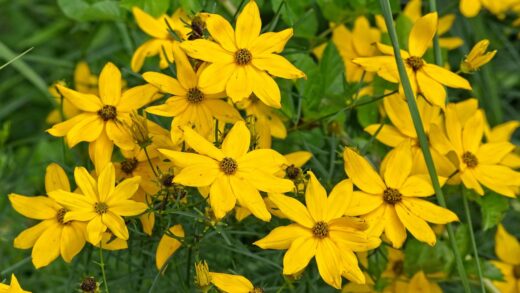Providing the correct amount of light is one of the most fundamental aspects of successfully growing Geum coccineum, as sunlight is the primary source of energy that drives a plant’s growth and flowering. Scarlet avens is a relatively adaptable perennial, but its performance, particularly the profusion and intensity of its blooms, is directly correlated with the quality and duration of light it receives. Understanding its ideal light exposure allows the gardener to select the perfect site for this plant, ensuring it has the energy it needs to thrive and become a standout feature in the garden landscape. A well-sited plant is a healthy plant, better equipped to flourish from season to season.
In most temperate climates, Geum coccineum performs at its absolute best when it is grown in a location that receives full sun. This is generally defined as an area that gets at least six hours of direct, unfiltered sunlight each day. When given this amount of light, the plant is able to photosynthesize at an optimal rate, producing the maximum amount of energy. This energy is then channeled into developing a strong root system, lush foliage, and, most importantly, a spectacular number of its vibrant, namesake scarlet-orange flowers.
The intensity of the flower colour is also influenced by the amount of sunlight the plant receives. In a full sun location, the pigments in the petals develop more fully, resulting in a richer, more saturated hue that truly glows in the garden. Plants grown in shadier conditions may still flower, but the blooms are often fewer in number and their colour can appear somewhat paler or less intense. For gardeners who prioritize a powerful floral impact, a sunny spot is non-negotiable for this particular plant.
Furthermore, growing scarlet avens in full sun helps to maintain its desirable compact, mounding habit. The strong light encourages sturdy, shorter stems, which keeps the plant looking neat and tidy and prevents the flower stalks from becoming floppy or leggy. This robust structure means the plant is less likely to require staking for support, even when it is in full, glorious bloom. The overall health and vigour of the plant are simply at their peak when its fundamental need for sunlight is met.
The effects of full sun exposure
When planted in a location with at least six hours of direct sunlight, scarlet avens is able to reach its full horticultural potential. The abundant light energy fuels vigorous photosynthesis, leading to the development of a dense, healthy clump of foliage. This strong foliar base acts as the engine for the plant, supporting a prolific and extended blooming period. Gardeners will notice that plants in full sun produce a greater number of flower stalks and a higher density of blooms per stalk compared to their shade-grown counterparts.
More articles on this topic
The benefits of full sun extend beyond just the quantity of flowers. A sunny environment promotes better air circulation around the plant as moisture evaporates more quickly from the leaves and the soil surface. This is a significant advantage in preventing the development of common fungal diseases like powdery mildew, which thrive in damp, stagnant conditions. A plant that is bathed in sunlight and surrounded by moving air is inherently more resilient to these types of pathogens, contributing to its overall long-term health.
In regions with cooler summers, a full sun location is unequivocally the best choice. The sun provides not only light but also warmth, which can help the soil warm up faster in the spring, encouraging the plant to break dormancy and begin its growth cycle earlier. Throughout the summer, the ample sunlight ensures the plant is always operating at peak performance, building up the energy reserves it needs to not only flower profusely but also to successfully overwinter and return with renewed vigour the following year.
It is important to note, however, that the term “full sun” can have different implications depending on the climate. In very hot, southern climates, the afternoon sun can be incredibly intense and may cause stress to the plant. In these specific regions, the ideal “full sun” might mean receiving direct morning sun for six hours and then having some light, dappled shade during the hottest part of the afternoon. This protects the foliage from scorching and reduces water stress on the plant.
Adapting to partial shade
While full sun is the ideal, Geum coccineum is an accommodating perennial that will also grow quite happily in partial shade. Partial shade is typically defined as a location that receives between three and six hours of direct sunlight per day, or one that receives filtered or dappled light for most of the day, such as under the canopy of a high-pruned tree. This adaptability makes it a versatile choice for various garden situations where a full sun spot may not be available.
More articles on this topic
In gardens with very hot and dry summers, a location with partial shade can actually be more beneficial for scarlet avens than a site in relentless full sun. The respite from the intense afternoon sun helps to conserve soil moisture, reducing the frequency with which the plant needs to be watered. It also prevents the leaves from scorching or wilting during the peak heat of the day, reducing overall stress on the plant and helping it to maintain a fresher, healthier appearance throughout the summer months.
The trade-off for growing scarlet avens in partial shade is typically a reduction in the number of flowers produced. With less light energy available, the plant will logically dedicate more of its resources to foliage and root growth and less to the energy-intensive process of blooming. While it will still produce its charming flowers, the display may be sparser and the blooming period slightly shorter than that of a plant grown in full sun. The flower colour may also be slightly less intense.
Another potential effect of growing in lower light conditions is that the plant’s growth habit may become more open and elongated. In an effort to reach for more light, the flower stems may grow taller and be somewhat weaker, a phenomenon known as etiolation. This can result in a more “leggy” appearance, and the flower stalks may be more inclined to flop over, potentially requiring some form of staking or support to keep them upright and looking their best.
Site-specific considerations
When choosing a planting location, it is crucial to observe how the sunlight moves across your garden throughout the day and throughout the seasons. The path of the sun is higher in the sky during the summer and lower in the winter, which can dramatically change the light patterns in your garden. A spot that is in full sun during the summer might be in shade for much of the day in the spring or autumn due to the angle of the sun and the shadows cast by trees, buildings, or other structures.
Consider the surrounding vegetation and its potential for growth. A small sapling planted nearby might not cast much of a shadow now, but in a few years, it could grow to shade your scarlet avens, necessitating a transplant. Similarly, be mindful of deciduous trees; a spot underneath one might be in full sun in the early spring before the tree leafs out, which is perfect for early-growing perennials, but will then transition to dappled shade for the summer. This can be an ideal situation for Geum coccineum in hotter climates.
The reflection of light and heat from surrounding surfaces can also impact a planting site. A location next to a south-facing brick wall or a light-coloured pavement will be significantly hotter and brighter than a similar spot in an open lawn. This increased intensity can be beneficial in cooler climates, providing extra warmth and light, but it could be detrimental in a hot climate, leading to an increased risk of scorching and dehydration. Always assess the microclimate of the specific spot you are considering.
Ultimately, the best way to determine if your chosen site is suitable is to observe the plant itself after it has been planted. If a scarlet avens in a full-sun location consistently shows signs of wilting or scorched leaves despite adequate watering, it may be receiving too much intense heat and would benefit from being moved to a spot with some afternoon shade. Conversely, if a plant in a shadier spot is growing leggy and flowering poorly, it is a clear sign that it needs to be moved to a sunnier location.







